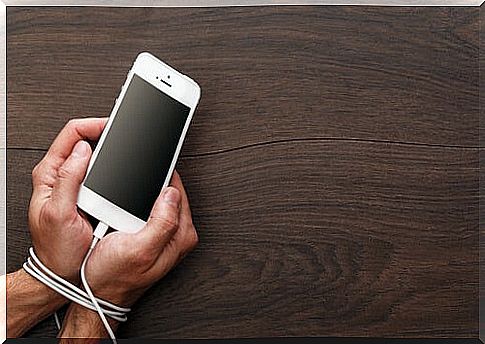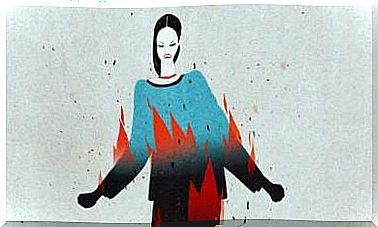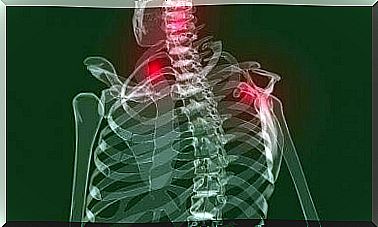The Appearance In Social Networks

Appearance on social media has almost become an obsession. We can even talk about a lifestyle around it. How many times have we taken pictures of ourselves just to hang them on our Facebook, Instagram or other open board? The mobile is part of us. Thanks to him we relate our “fabulous” day to day so that others will admire us and fill our publications with “likes”.
But what is behind this incessant search for attention and admiration? Is it the new way to seek fame? Could you point out weaknesses in our self-esteem? Without a doubt, it is a phenomenon that requires at least a little reflection; The objective will be to reflect on whether there really is some kind of affective deficiency. The appearance in social networks has become a subject of debate both popular and scientific level. So let’s dig a little deeper into it.
Social networks and self-esteem
Social networks are tools that can be very useful both on a work and personal level. On the one hand, they help us to be closer to our loved ones and share our experiences with them. We post a photo of a special moment, write a reflection and even share music that we like or generate debate. On the other hand, they can also be used as an advertising medium for small and large companies, freelancers and emerging projects.
The problem is when we make social media appearance the center of our life, our main motivation. We no longer only photograph wherever we go, but we go to places expressly to photograph ourselves. We dress in a concrete way to show it to the world. We carry out actions so that others see what we do. Some people have even lost their lives falling from the top of a building trying to take the “best selfie ”.

What leads us to make social media a lifestyle? For this, it will be important to expose self-esteem. Self-esteem, according to Massó (2013), is related to the assessment we make of ourselves. It can be divided into two components:
- The awareness we have about ourselves, that is, our self-concept. That is, the features of our identity, qualities and characteristics of our way of being.
- This second component is sentimental. It is about the appreciation and love that we feel and experience towards ourselves, our interests, beliefs, values and ways of thinking.
Low self-esteem influences how we relate to others. López-Villaseñor’s team (2014) assures that people with low self-esteem live social relationships with anxiety and fear of rejection. In this way, we reach a key point to understand the obsessive use of social networks. Low self-esteem and fear of rejection translate, in many cases, into the urgent need to seek acceptance from others.
Appearance on social media: filling an inner void
From Buddhist psychology the search to fill an inner void is postulated. Feeling incomplete and frustrated at the same time, in many cases we start looking for happiness in external stimuli. In the present case, we would seek it in the form of attention and recognition. Thus, we create a false happiness based on external opinions.
This type of happiness is fragile, among other things, because this desire to please, to fit each edge, in many cases ends up depriving the person of their identity. We may be criticized or simply may not like what we offer. In this way, our self-esteem will be even more resentful and damaged.
Another influencing factor is the volatility of the opinion of others. What we like today may stop liking tomorrow. In this way, that one day we have many followers is not synonymous with that another day we continue to have them. What is happening? We have taken our happiness and given it to others. Instead of taking our happiness and taking responsibility for it, we have given it away so that others will make us happy. When, in reality, our happiness depends on us.

Final reflection
Not all that glitters is gold. Not everything we see on the networks is a reflection of reality. People only show what they want to show. Appearance on social media is too relative. Nobody usually hangs photos crying or having a bad time. If we look closely, most of what we see are trips, parties or events that have a certain relevance for each of us. “Look what I have achieved, where I have gone or how much fun I have had” … Let’s not make the mistake of thinking that other people live 24 hours a day “in style”.
Phrases such as “my friend is having a good time” , “my friend does not stop doing things” are heard very frequently. However, if we looked at the day-to-day life of each of these people, we would surely discover that they are not too different from ours. With our moments of sadness and joy. This tells us that we should not believe everything we see. But also if other people are happy, what better way than to be happy for them.
By way of conclusion, underline that our happiness is in our hands, therefore, let’s not leave it in the hands of the opinion and admiration of others. On the other hand, when we take them as a reference, let’s not go to social networks, because perhaps there is not only a showcase more skewed than that. A world where negative emotions almost do not exist and, therefore, little or nothing real.









